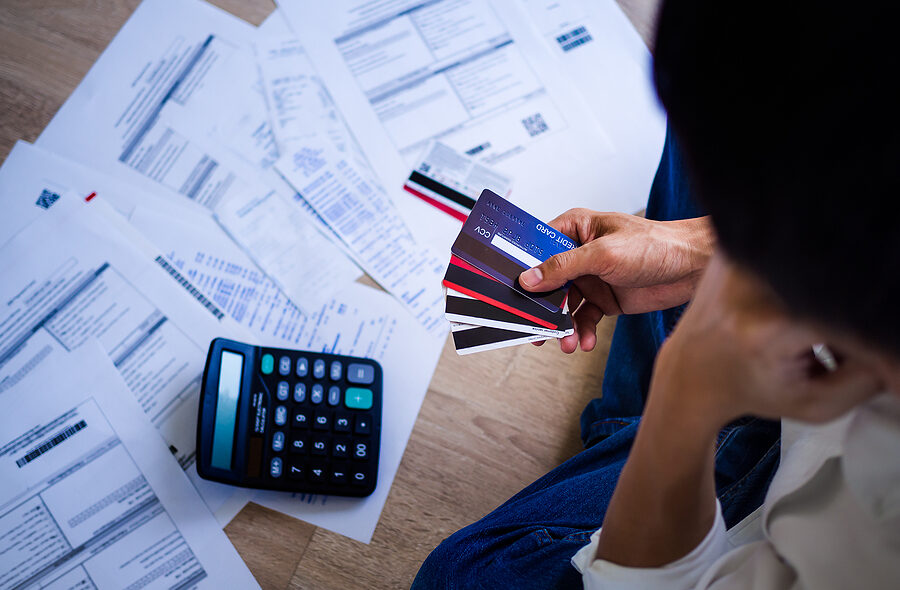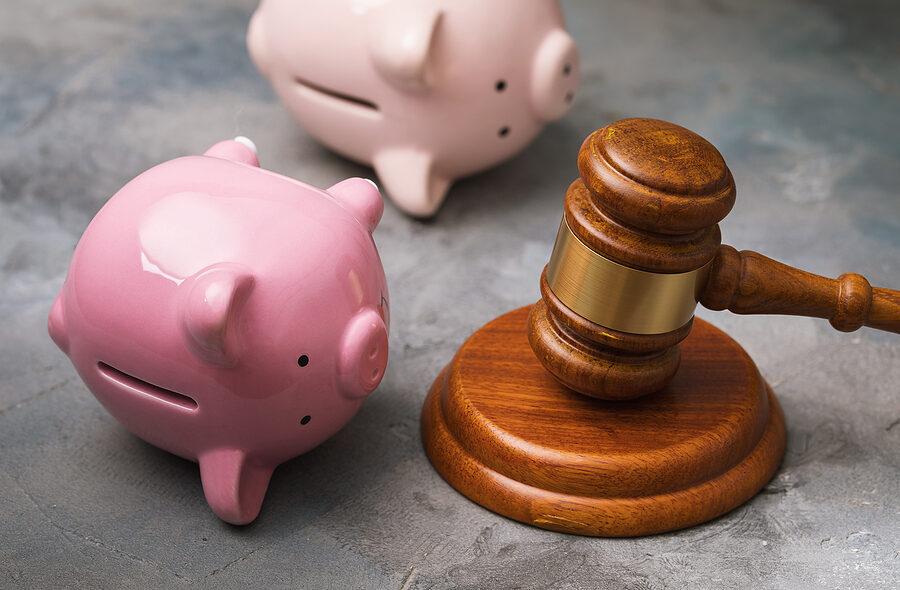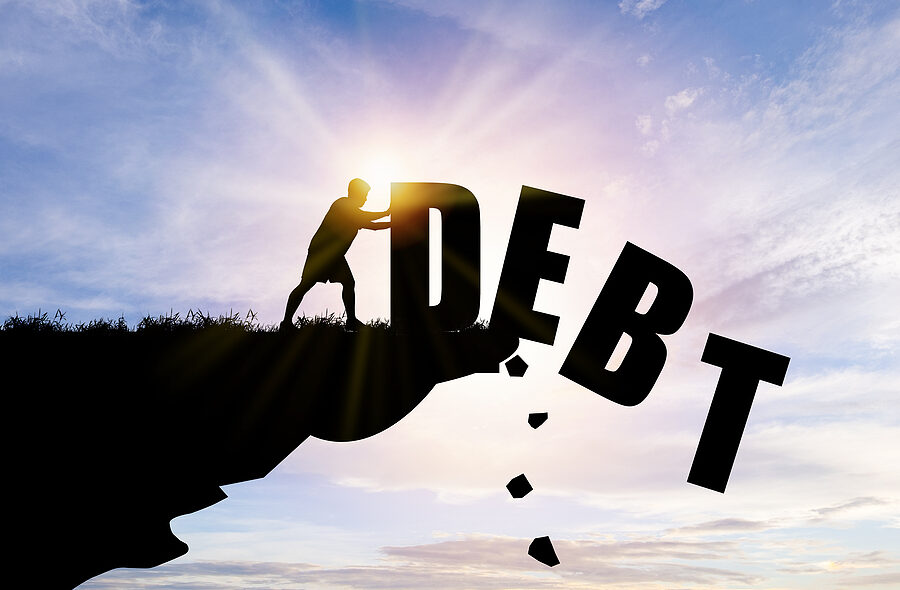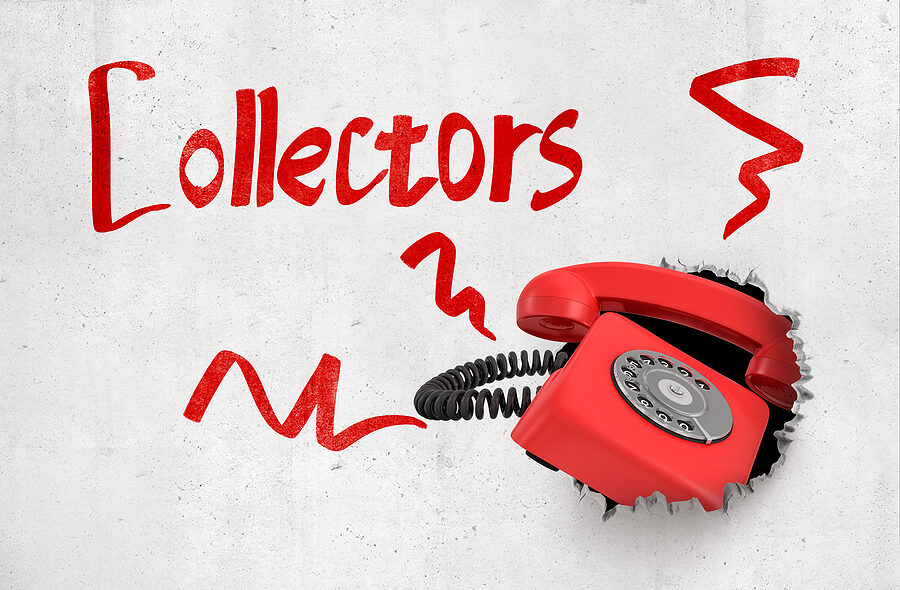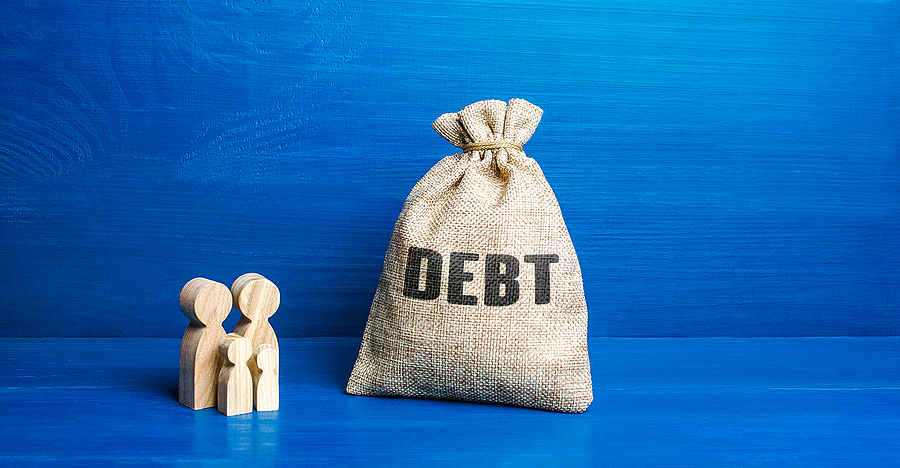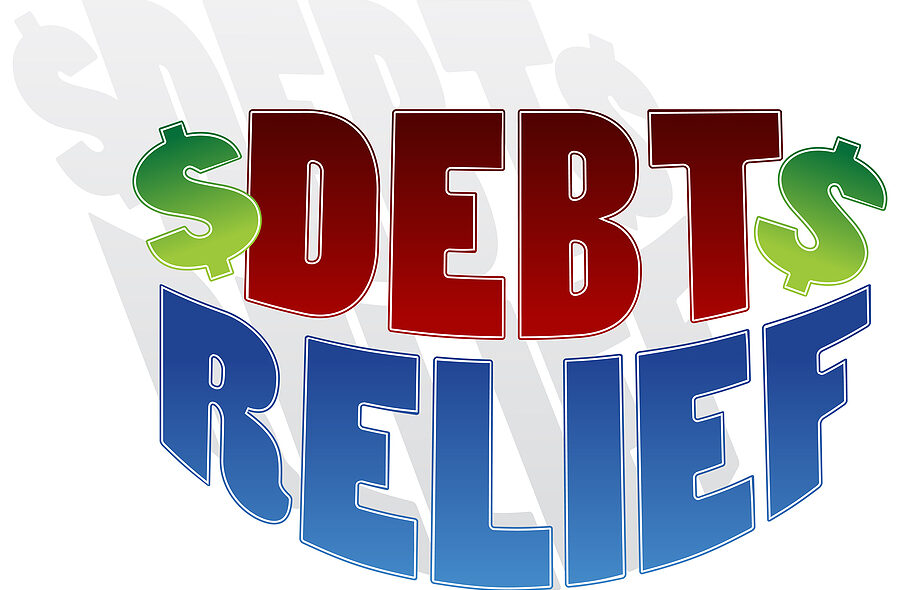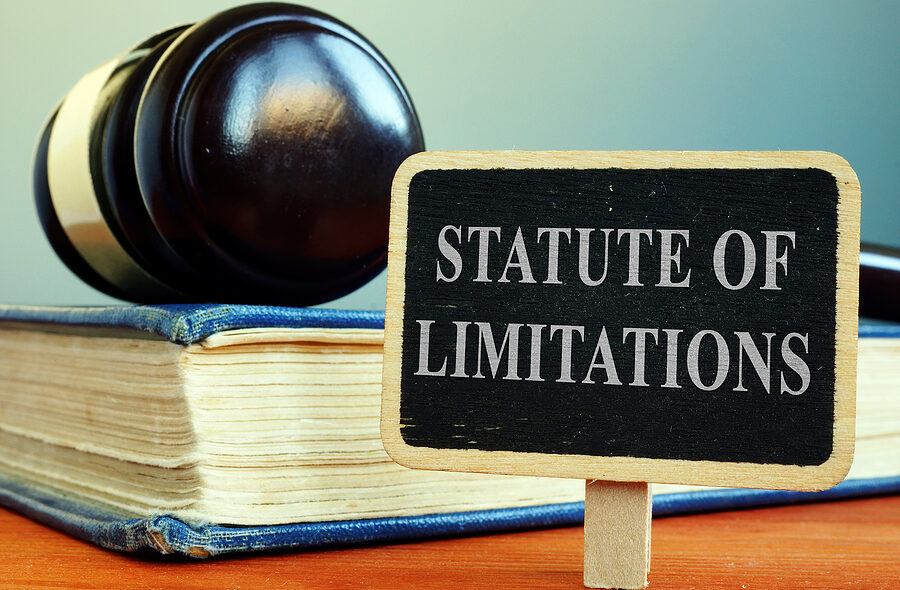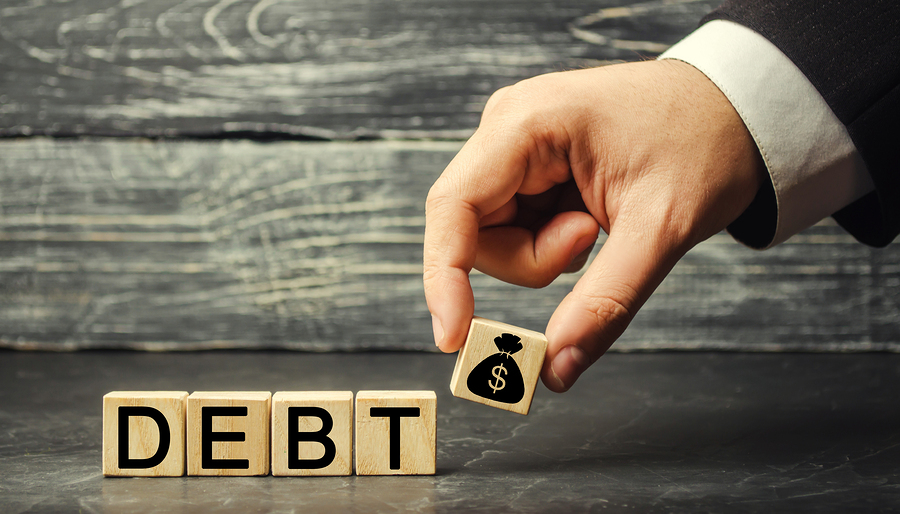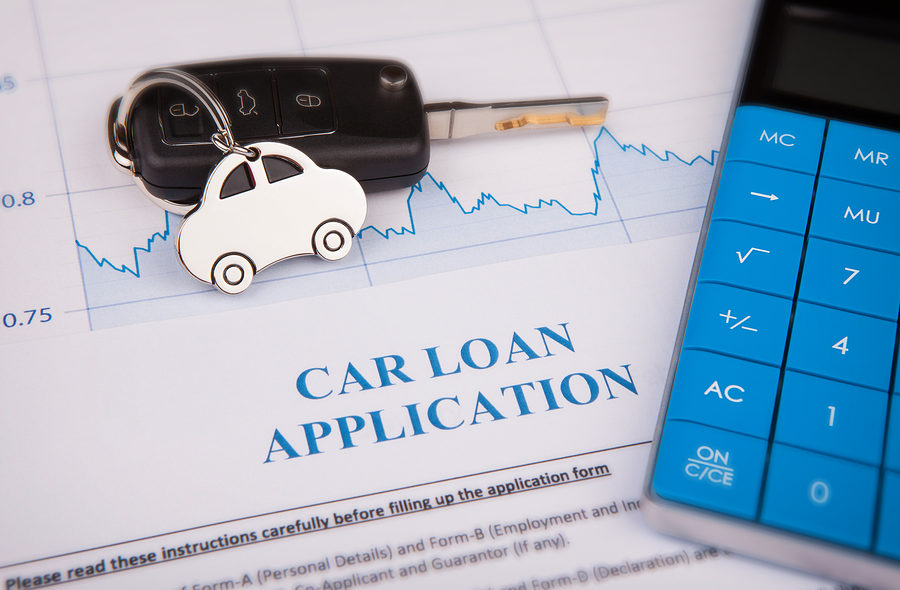Recent data shows that U.S. consumer debt rose in the month of May by the most it had in the last six months, showing that Americans were more confident in their spending habits halfway through the second quarter. The increase was seen in revolving debt, which includes credit card debt along with non-revolving debt like student loan debt and auto loans.
As of May 2018, Americans owe more than 26 percent of their income on consumer debt, up from 22 percent in 2010. That means Americans are on track to accumulate $4 trillion collectively in consumer debt by the end of this year. Americans have been accumulating more debt, particularly over the last two years, where consumer credit has grown at a rate of 5 to 6 percent annually.
Click here to read more on this story.
If you have questions on this topic or are in financial crisis and considering filing for bankruptcy, contact an experienced Miami bankruptcy attorney who can advise you of all of your options. As an experienced CPA as well as a proven bankruptcy lawyer, Timothy Kingcade knows how to help clients take full advantage of the bankruptcy laws to protect their assets and get successful results. Since 1996 Kingcade Garcia McMaken has been helping people from all walks of life build a better tomorrow. Our attorneys’ help thousands of people every year take advantage of their rights under bankruptcy protection to restart, rebuild and recover. The day you hire our firm, we will contact your creditors to stop the harassment. You can also find useful consumer information on the Kingcade Garcia McMaken website at www.miamibankruptcy.com.

